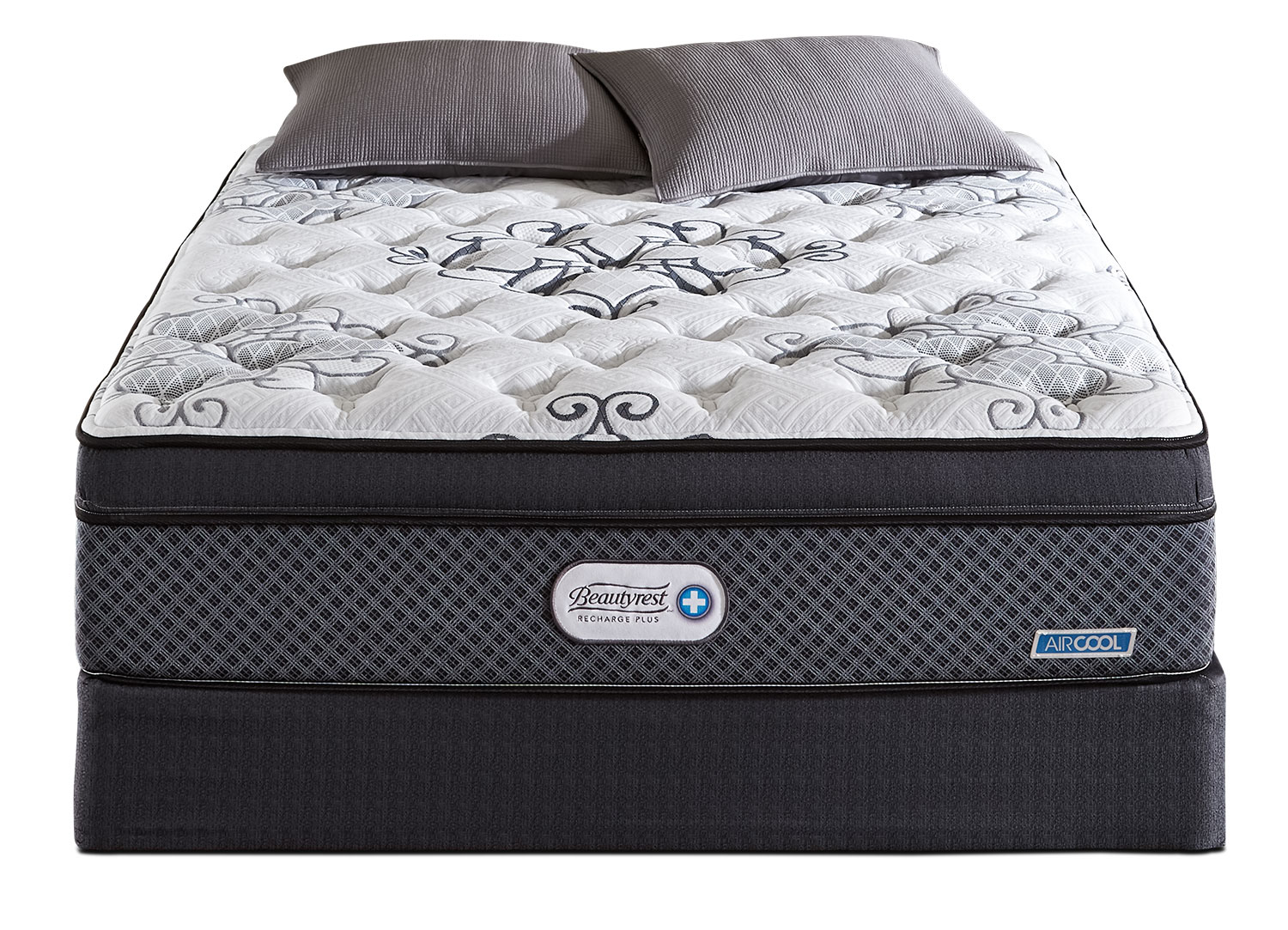Choosing the right flooring for your living room can be a daunting task. With so many options available, it's hard to know which one will be the best fit for your space. Two popular choices that often come up in the flooring debate are tile and hardwood. Both have their own unique benefits and drawbacks, making it difficult to determine which one is the best choice.Tile vs Hardwood: Which is the Best Flooring Option for Your Living Room?
When it comes to deciding between tile and hardwood for your living room, there are several factors to consider. These include durability, cost, maintenance, design options, eco-friendliness, and their impact on allergies. Let's take a closer look at each of these aspects to help you make an informed decision.Tile vs Hardwood: A Comprehensive Comparison for Your Living Room
Durability: When it comes to durability, tile is a clear winner. It is highly resistant to scratches, dents, and stains, making it a great choice for high-traffic areas like the living room. Hardwood, on the other hand, is susceptible to scratches and dents, and requires more maintenance to keep it looking new. Cost: In terms of cost, tile and hardwood can vary greatly depending on the type and quality. Generally, tile is more affordable upfront, but it can be more expensive to install due to the labor and materials required. Hardwood is more expensive upfront, but it can add value to your home and potentially save you money on repairs and replacements in the long run. Maintenance: Tile is relatively easy to maintain, as it can be swept and mopped to keep it clean. However, grout lines can be a breeding ground for dirt and bacteria, requiring occasional deep cleaning. Hardwood requires more maintenance, as it needs to be regularly swept, vacuumed, and polished to keep it looking its best. Design Options: When it comes to design options, both tile and hardwood offer a wide range of choices. Tile comes in various colors, patterns, and styles, allowing you to create a unique look for your living room. Hardwood also offers a variety of options, from different types of wood to various stains and finishes, giving you the flexibility to match your home's aesthetic. Eco-Friendliness: If you're looking for an eco-friendly flooring option, tile may be the better choice. It is made from natural materials like clay and sand, and can also be recycled. Hardwood, on the other hand, requires cutting down trees, and the installation process can involve the use of adhesives and finishes that may release harmful chemicals into the air. Allergies: For those with allergies, tile may be a better option as it is resistant to allergens and easy to clean. Hardwood, on the other hand, can harbor dust, pet dander, and other allergens, making it more challenging to keep a clean and allergy-free living room.Tile vs Hardwood: Pros and Cons for Your Living Room Flooring
As mentioned earlier, tile is known for its durability. It can withstand heavy foot traffic, spills, and even pet accidents without showing signs of wear and tear. Hardwood, on the other hand, is more prone to scratches and dents, especially in high-traffic areas. However, with proper maintenance and care, hardwood can also last for decades.Tile vs Hardwood: Which is More Durable for Your Living Room?
When it comes to the initial cost, tile is more budget-friendly than hardwood. However, as mentioned earlier, the installation process can be more labor-intensive, which can add to the overall cost. Hardwood, on the other hand, may be more expensive upfront, but it can add value to your home and potentially save you money on repairs and replacements in the long run.Tile vs Hardwood: Which is More Cost-Effective for Your Living Room?
Tile and hardwood both require regular maintenance to keep them looking their best. However, tile is easier to maintain as it can be swept and mopped to remove dirt and grime. Hardwood, on the other hand, requires more frequent sweeping and vacuuming, as well as polishing to maintain its shine.Tile vs Hardwood: Which is Easier to Maintain for Your Living Room?
Both tile and hardwood offer a wide range of design options to suit any home's aesthetic. Tile comes in various colors, patterns, and styles, giving you the freedom to create a unique look for your living room. Hardwood also offers a variety of options, from different types of wood to various stains and finishes, allowing you to customize the look of your living room.Tile vs Hardwood: Which Offers More Design Options for Your Living Room?
If you're looking for an eco-friendly flooring option, tile may be the better choice. It is made from natural materials and can also be recycled. Hardwood, on the other hand, requires cutting down trees, and the installation process can involve the use of adhesives and finishes that may release harmful chemicals into the air.Tile vs Hardwood: Which is More Eco-Friendly for Your Living Room?
For those with allergies, tile may be a better option as it is resistant to allergens and easy to clean. Hardwood, on the other hand, can harbor dust, pet dander, and other allergens, making it more challenging to keep a clean and allergy-free living room.Tile vs Hardwood: Which is Better for Allergies in Your Living Room?
Both tile and hardwood can add value to your living room, but in different ways. Tile is a more budget-friendly option and can add value to your home through its durability and low maintenance. Hardwood, on the other hand, is more expensive upfront but can add significant value to your home when it comes time to sell.Tile vs Hardwood: Which Adds More Value to Your Living Room?
Why Tile is the Perfect Choice for Your Living Room
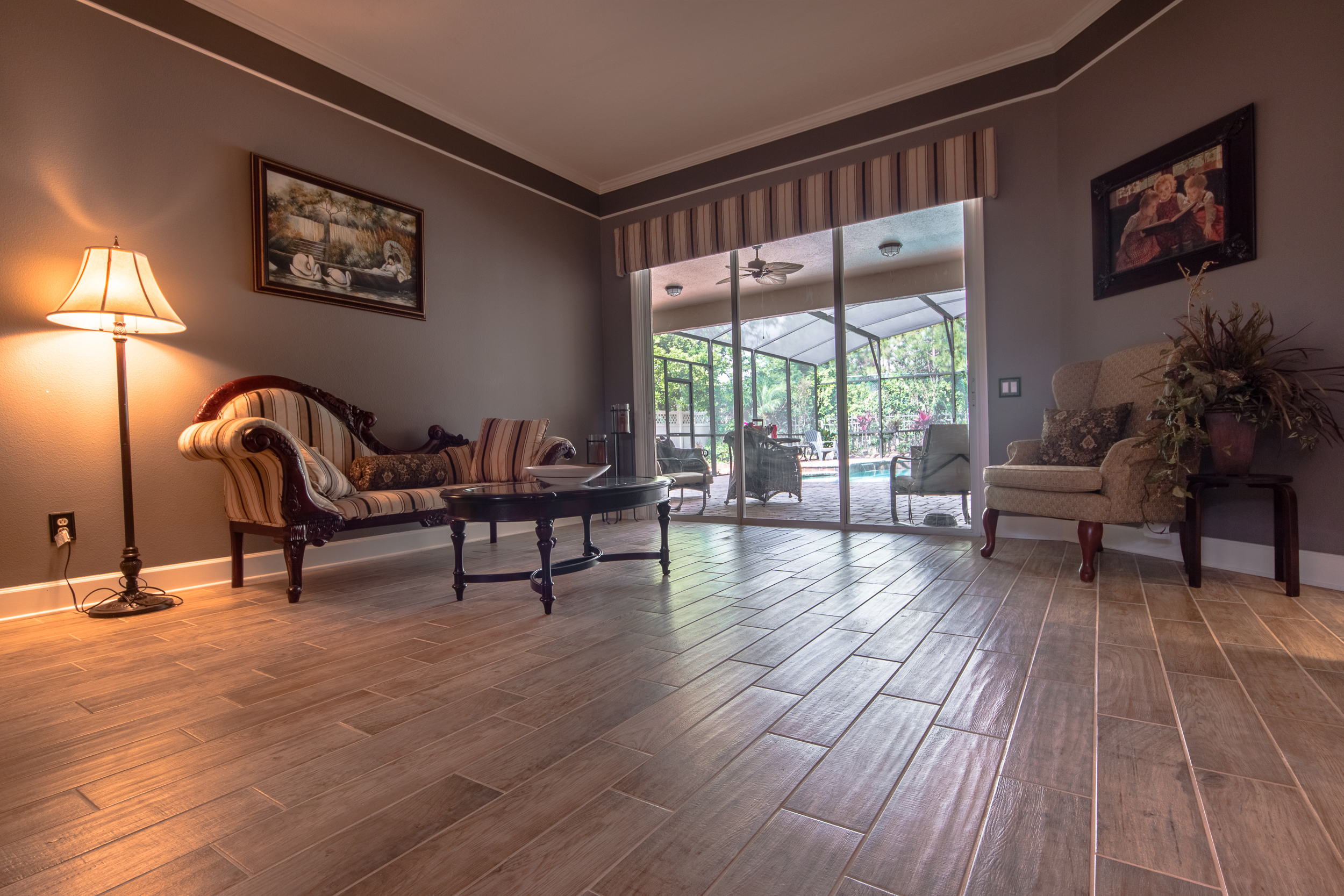
Easy Maintenance and Durability
 When it comes to maintaining a clean and beautiful living room,
tile flooring
is the clear winner over hardwood. Unlike hardwood, which requires regular sweeping, vacuuming, and polishing,
tile
can easily be cleaned with a simple mop and warm water. This makes it the perfect choice for busy households or families with pets and children. Additionally,
tile
is highly durable and can withstand heavy foot traffic, making it a long-lasting option for your living room.
When it comes to maintaining a clean and beautiful living room,
tile flooring
is the clear winner over hardwood. Unlike hardwood, which requires regular sweeping, vacuuming, and polishing,
tile
can easily be cleaned with a simple mop and warm water. This makes it the perfect choice for busy households or families with pets and children. Additionally,
tile
is highly durable and can withstand heavy foot traffic, making it a long-lasting option for your living room.
Variety of Styles and Designs
 One of the greatest advantages of
tile
flooring is the endless options available in terms of styles and designs. From classic
marble
to modern
porcelain
, there is a
tile
for every design aesthetic. You can even mix and match different
tile
designs to create a unique and personalized look for your living room. With hardwood, there are limited options in terms of color and design, making
tile
the more versatile and customizable choice.
One of the greatest advantages of
tile
flooring is the endless options available in terms of styles and designs. From classic
marble
to modern
porcelain
, there is a
tile
for every design aesthetic. You can even mix and match different
tile
designs to create a unique and personalized look for your living room. With hardwood, there are limited options in terms of color and design, making
tile
the more versatile and customizable choice.
Cost-Effective Option
 While hardwood flooring may initially seem like a more luxurious option,
tile
can actually be a more cost-effective choice in the long run. Not only is the installation process for
tile
typically less expensive, but it also requires less maintenance and is more durable, meaning you won't have to replace it as often. Additionally,
tile
can help reduce your energy costs as it is a great insulator, keeping your living room cool in the summer and warm in the winter.
While hardwood flooring may initially seem like a more luxurious option,
tile
can actually be a more cost-effective choice in the long run. Not only is the installation process for
tile
typically less expensive, but it also requires less maintenance and is more durable, meaning you won't have to replace it as often. Additionally,
tile
can help reduce your energy costs as it is a great insulator, keeping your living room cool in the summer and warm in the winter.
Conclusion
 When it comes to choosing between
tile
and hardwood for your living room, there are many factors to consider. While hardwood may offer a classic and elegant look,
tile
provides easy maintenance, durability, and a wide variety of styles and designs to choose from. Not to mention, it is a cost-effective option in the long run. So, if you want a beautiful, practical, and versatile flooring option for your living room,
tile
is the perfect choice.
When it comes to choosing between
tile
and hardwood for your living room, there are many factors to consider. While hardwood may offer a classic and elegant look,
tile
provides easy maintenance, durability, and a wide variety of styles and designs to choose from. Not to mention, it is a cost-effective option in the long run. So, if you want a beautiful, practical, and versatile flooring option for your living room,
tile
is the perfect choice.


















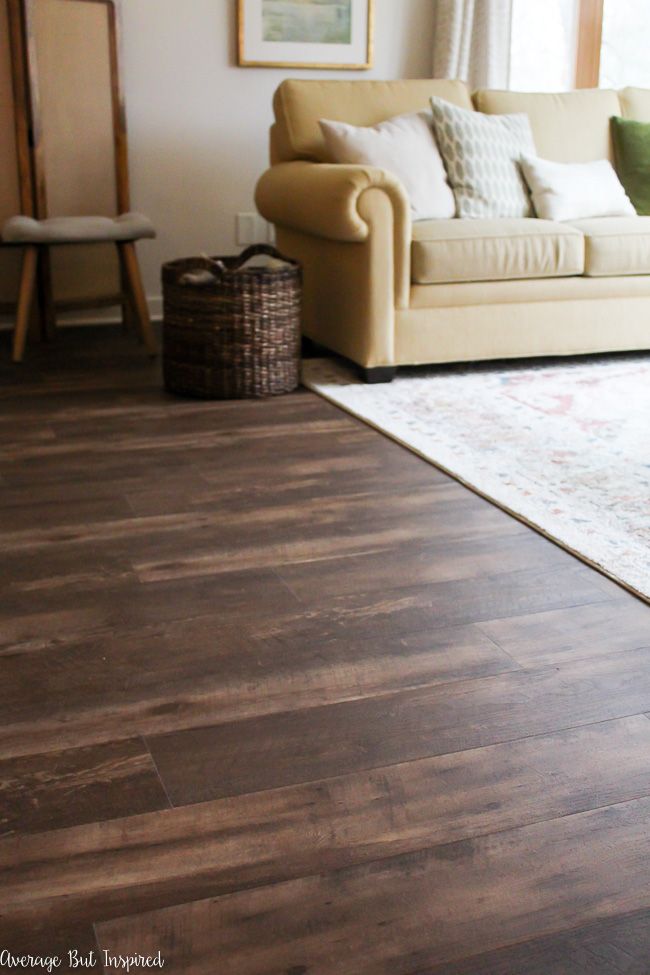
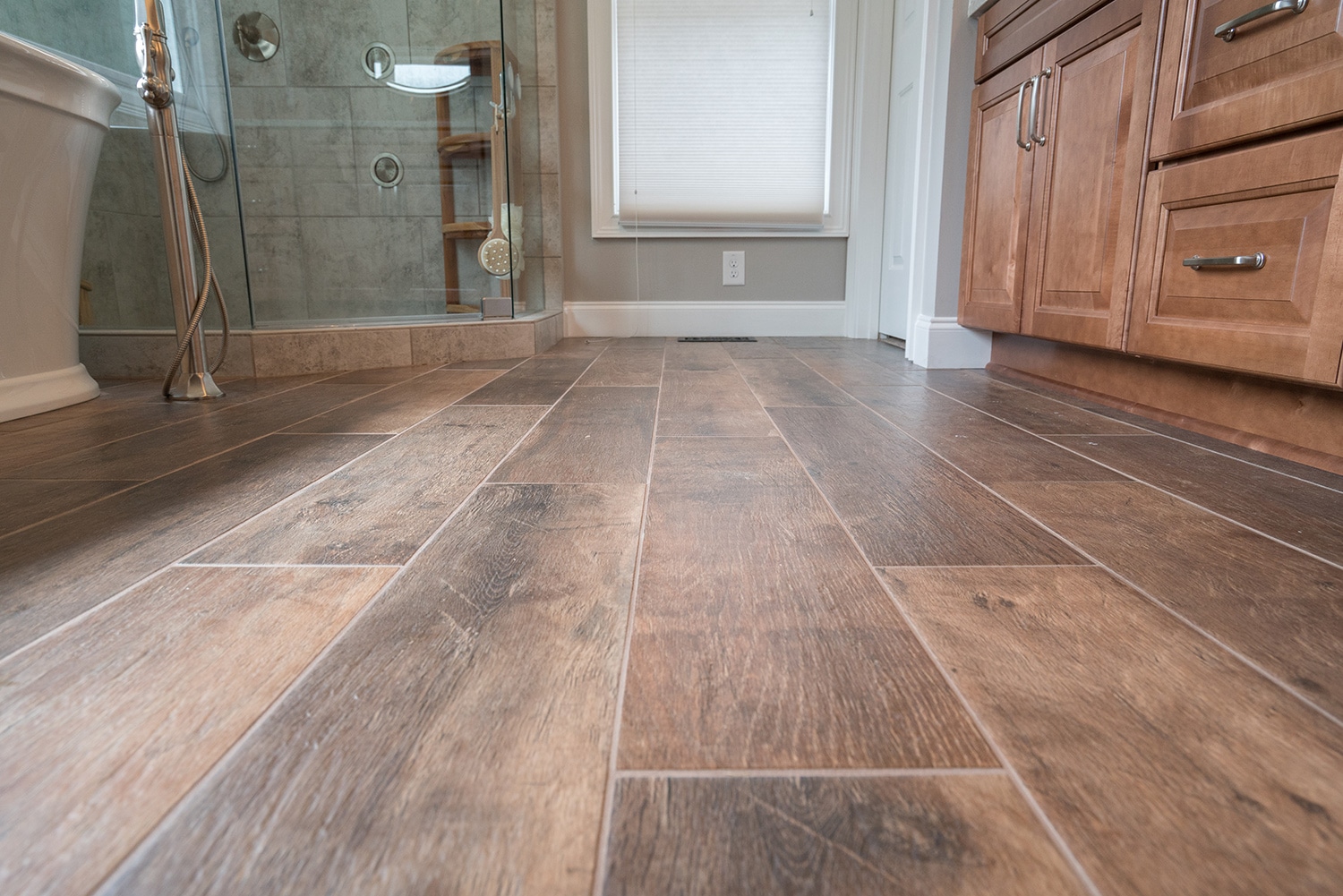
/GettyImages-482143011-5bbccb2a4cedfd0026ea34c9.jpg)
























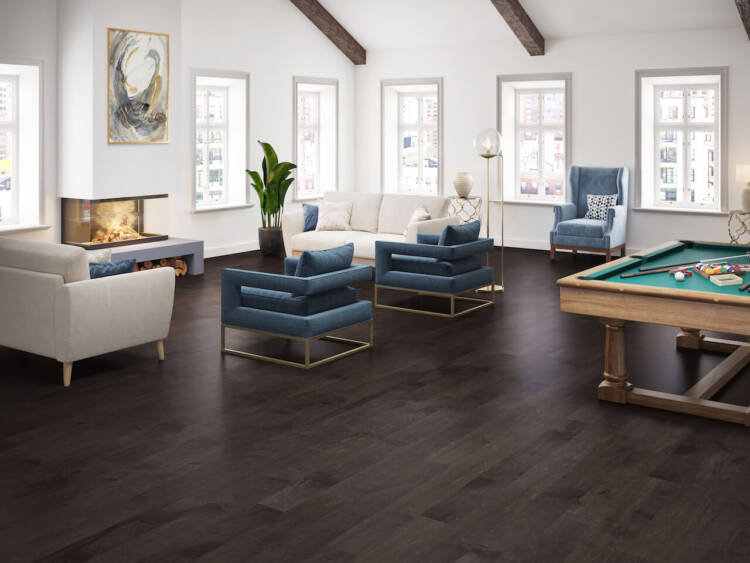













.jpg?v=6c064985)
